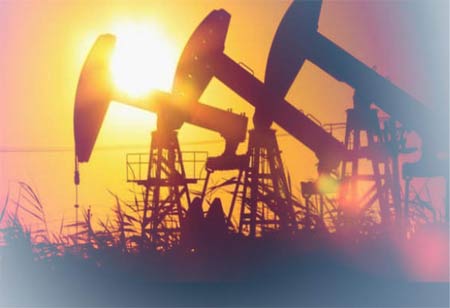Thank you for Subscribing to Energy Business Review Weekly Brief
Exploring the Innovations of Oil and Gas Drilling
Seismic imaging, robotics and big data are some of the leading oil and gas drilling innovations.

By
Energy Business Review | Wednesday, November 06, 2024
Stay ahead of the industry with exclusive feature stories on the top companies, expert insights and the latest news delivered straight to your inbox. Subscribe today.
Seismic imaging, robotics and big data are some of the leading oil and gas drilling innovations.
FREMONT, CA: The quest for innovation has long been at the forefront of oil and gas extraction. Although the energy revolution is well underway, demand for traditional fossil fuels will persist. As a result, oil and gas drilling constantly pushes boundaries to find fresh reserves and improve extraction technologies for a safer, more efficient, and sustainable future.
Emerging technologies drive innovation, and oil and gas companies must keep ahead to be competitive.
Leading innovations in oil and gas drilling
Horizontal drilling: Horizontal oil and gas drilling functions similarly to an elongated straw that extends outward to draw up every drop of milkshake from a large glass. In the field of oil and gas extraction, it enables rigs to extract for miles after reaching a specific depth, considerably increasing volume through a single well. This enables companies to maximize their income from each well. But the advantages don't end there.
The advantages are as follows:
Environmental: Horizontal drilling is especially useful for accessing reserves beneath impediments or in environmentally sensitive areas. For example, it allows companies to drill from platforms to access reserves, thereby lowering the environmental impact. In other words, a single horizontal well can replace numerous vertical wells to provide the same amount of resources.
More oil from a single well: Horizontal drilling enables companies to collect more oil and gas from individual wells by creating a wellbore that intersects reservoir rock over a distance, thus lowering drilling costs.
Big data: Big data refers to large volumes of organized and unstructured data from a range of sources that businesses can use to make informed decisions. In the oil and gas industry, this could include sensor readings from drilling rigs, predictive analytics, and geological surveys.
Companies are increasingly reliant on big data. The worldwide big data oil and gas industry was worth 20.23 billion USD in 2022 and is predicted to rise to 100.49 billion by 2032.
Robotics: Nothing sounds more futuristic than robots. However, robots in oil and gas operations differ significantly from those portrayed in Terminator movies. Furthermore, by combining robotics and automation, upstream companies that use this technology are at the forefront of efficiency.
Seismic imaging: Oil and gas drilling has progressed significantly from the days of relying on natural oil seeps on the surface. When it comes to locating resources, technology reigns supreme. Today, seismic imaging is utilized to investigate beneath the surface. Companies can create visualizations of potential oil and gas reserves by pushing sound waves through rock formations.






